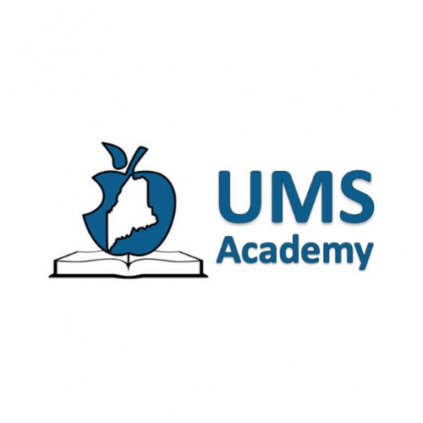UMS Academy (powered by Hoonuit) is a video training resource available anytime, anyplace, and open to all early college students at UMM. Quickly and easily search for videos that provide answers to many of our “How do I do that?” questions and learn at your own pace. Access UMS Academy using your UMM username and password.
Featured Modules
Transitioning from High School to College
Nearly 34% of new college students dropped out in the first year because they were overconfident, underprepared, and lacked realistic expectations about college. It is fair to say that over 70% of these students left because they were not prepared to adjust to their new social environment. The purpose of this module is to teach students the basic principles they need to understand in order to become effective learners. High school graduates are capable of college-level work, but ill-equipped to handle it. New college students will have to change some behaviors and study habits. First-year students need to continually combat procrastination and “learn how to self-regulate” and manage their own homework and reading assignments.
How Do I Succeed in an Online Class?
Online courses can require just as much time, if not more, than a traditional class. This topic will help you succeed in an online class.
Cheating is a serious and prevailing problem in schools across the country and around the globe. This module attempts to clarify what constitutes cheating and plagiarism, how to avoid doing so, and why having academic integrity is important.
Learn a few tips on how to better manage your time, from creating an effective to-do list to learning how to stay motivated to learning how to say “no” when you’re already swamped.
This learning module provides an opportunity for students to build and apply critical thinking skills, as well as critically evaluate circumstances and performance. In this module, students will practice questioning and evaluating to form judgments and make decisions. Students will be introduced to interpreting alternative viewpoints and reflecting on their own biases and assumptions. Students will practice clarifying viewpoints by asking important questions that lead to improved solutions. One will practice solving problems using conventional and innovative approaches.
Grammar and punctuation getting you down? Check out Grammar 101! We’ll show you some basics, some ways to correct common mistakes, and some tips on using the right word at the right time. Don’t fear the Grammar. You’ve got this.
Effective Note-taking Tips for Students
In this module, you’ll learn what effective note-taking is and how to improve your note-taking skills. We’ll look at two approaches to note-taking: paper vs. digital and passive vs. active. We’ll talk about the advantages and disadvantages of note-taking strategies and systems; comparing and contrasting linear systems like outline and sentence; and graphic systems, like Cornell Notes, sketchnotes, diagrams, and concept maps. We’ll talk about how you prepare to create effective notes before you even enter the classroom and the critical role of review and reflection. Finally, we’ll look at how to create the different types of notes in seven free apps: Google™ Docs; Evernote®; Microsoft® Word and OneNote®; Apple® Brushes Redux; Qrayon Inkflow; and Paper by FiftyThree. This series offers downloadable documents of links to online templates and a software table that lists details of the apps we discuss in the series. (Please note that some of the apps may no longer be available or no longer be free.)
Reading Comprehension Strategies
Fielding and Pearson (1994) define reading comprehension as a complex process that involves knowledge, experience, thinking, and teaching. While comprehension does mean understanding text literally, it also means that readers will need to go beyond the literal meaning of the text, often making abstract connections or drawing inferences (Harvey & Goudvis, 2000). Readers must construct meaning (Harvey & Goudvis, 2000, p. 9), which is an active process of making meaning, requiring the reader to engage with the text. This module provides an overview of reading comprehension and describes strategies the learner can implement in order to improve his or her reading comprehension.
Have any of you ever experienced feelings similar to this while attempting to take a test? If you have, you have experienced something called “test anxiety.” Test anxiety is very common, and most of us have experienced or will experience, this feeling in one way or another sometime during our school careers. The good news is that there are several things that you can do to manage test-taking anxiety. In this learning module, you will learn what test anxiety is, the causes of test anxiety, and some helpful exercises that you can do to help you to relax and to manage this anxiety. You will be on your way to feeling confident, competent and doing your best possible work on any test that comes your way.
How Do I Become a Better Test Taker?
Taking tests can fill some people with anxiety. Learn some strategies that can help you overcome that stress and be successful when taking tests.

